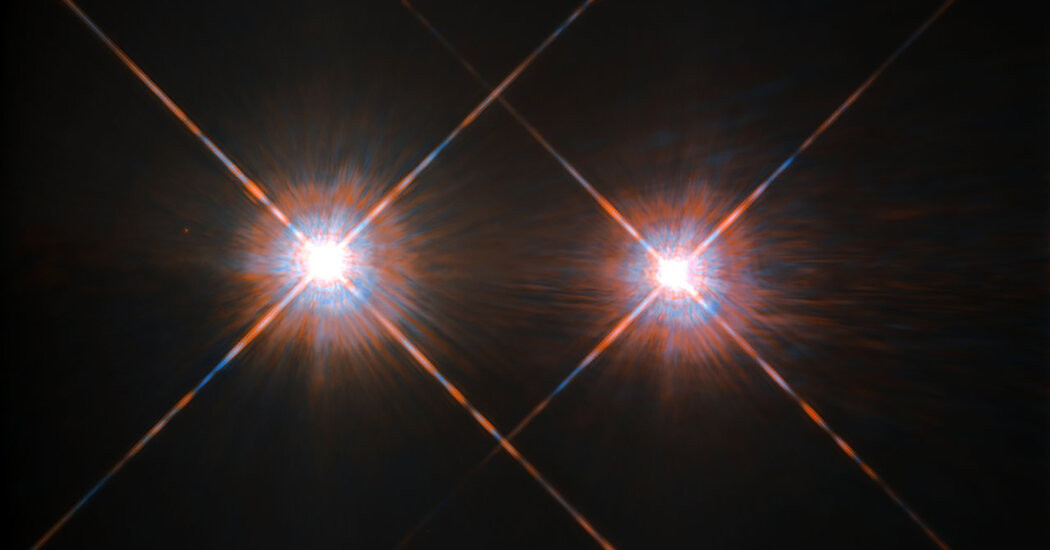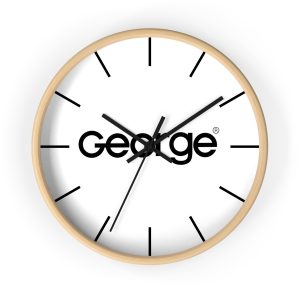

Stars passing close to the sun could cause planets to collide, including with Earth, or even be ejected as rogue planets, new simulations show.
If our species manages to hang on for a few billion additional years, we might be in for a wild ride — stars passing in the vicinity of the sun could cause planets in our solar system to collide or even be ejected, according to a paper published last month in the journal Icarus.
The findings even suggest a scenario in which our world ends not consumed by the sun, but in a carom prompted by the powers of gravity.
The Milky Way is home to hundreds of billions of stars. Each one is in motion, zinging in its own orbit around the galactic center. Consider a long enough span of time — something astronomers are wont to do — and it’s inevitable that another star will pass closer to the sun than Proxima Centauri, currently our nearest stellar neighbor. In fact, calculations based on orbits of stars cataloged by the Gaia spacecraft suggest that, every million years, 33 stars, give or take a few, do just that.
But for another star’s gravitational effects to have a sizable impact on our solar system, you need a much closer shave than that, according to Nate Kaib, an astronomer at the Planetary Science Institute. “Once you get a couple hundred times the distance from the Earth to the Sun, you can really start to destabilize stuff,” he said.
Dr. Kaib and Sean Raymond, an astronomer at the Bordeaux Astrophysical Laboratory in France, set about determining the likelihood and effects of such cosmic near misses. The researchers ran thousands of computer simulations, modeling the gravitational effects of passing stars on the solar system’s eight planets and Pluto. The team considered stars with masses, velocities and orbits representative of objects in our stellar neighborhood.
Each simulation modeled the passage of five billion years. Dr. Kaib said that such a long-term perspective is necessary because it often takes tens of millions of years or even longer for a planet’s orbit to be perturbed by a passing star. “You don’t see the effects for a long, long time,” he said.



